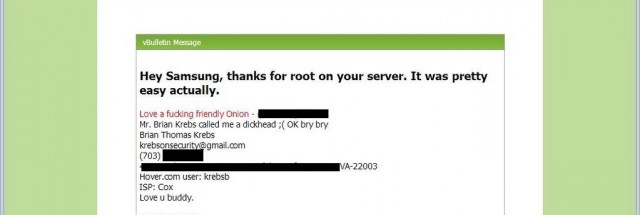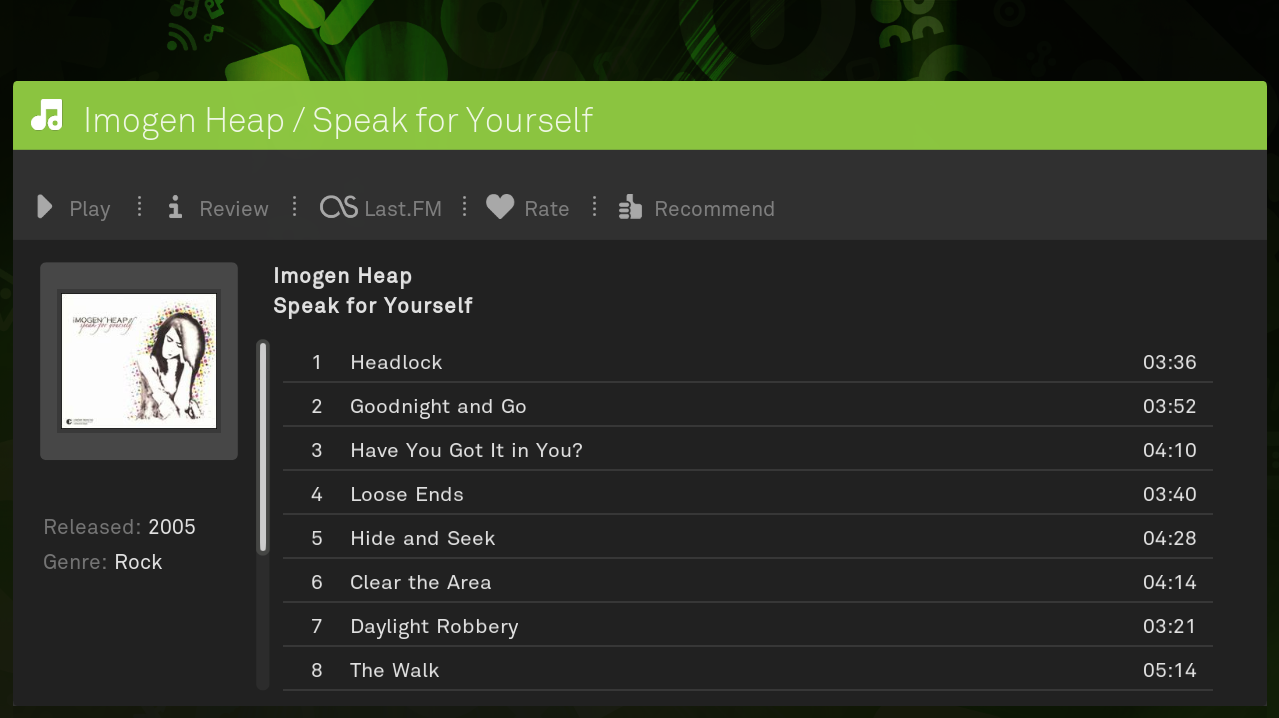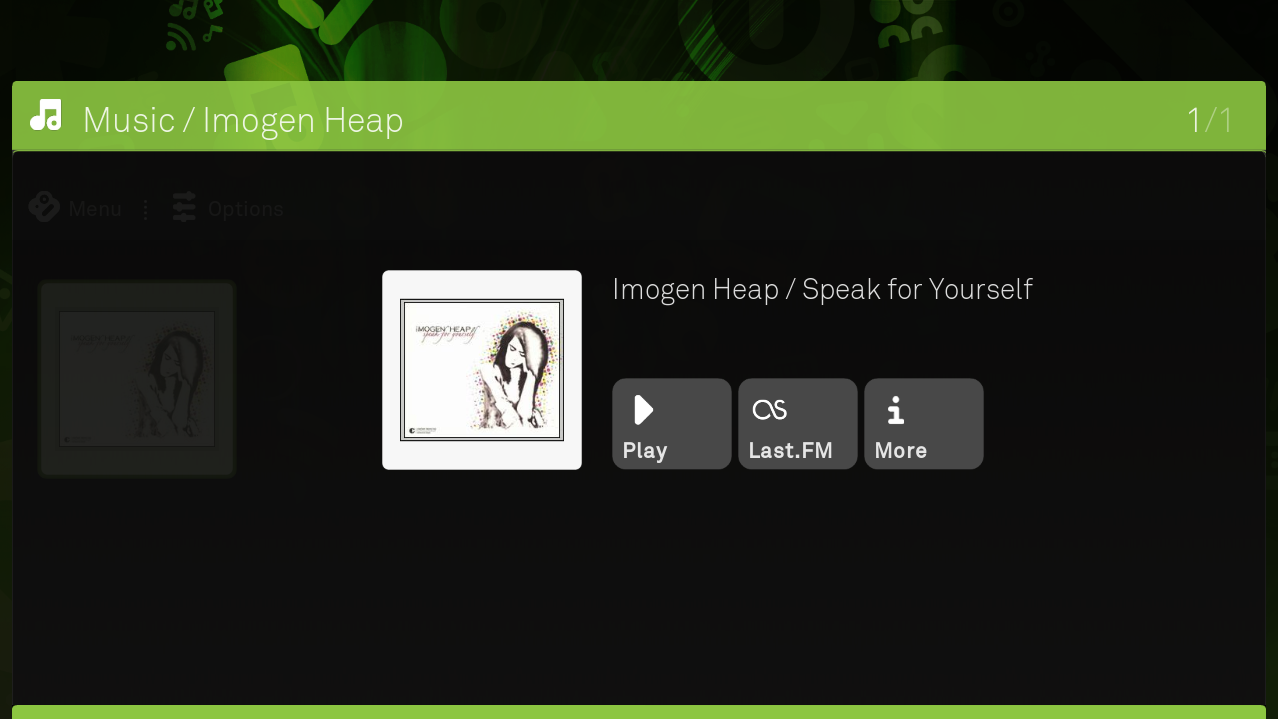


This means that the Japanese cartridges can’t pipe sound to the NES audio channel with just a pin adapter. While they were at it, Nintendo decided to route the audio path through the expansion connector instead of the cartridge. The other two additional pins are used by the annoying 10NES lockout chip. The change in hardware from a 60 pin to a 72 pin connector added “features” like the 10 pins connected directly to the expansion port (used for stuff like the teleplay modem, who knew). The issue is that the Japanese Famicom and the American NES actually have a different cartridge connector. weighed a few adapter options, and instead decided to come up with his own.
#BOXEE BOX HACKS 2013 FULL#
decided that he wanted the full Castlevania III audio experience, which (without modifications) can only be had through the original Japanese Famicom console. wrote in to show us a really interesting NES audio hack. The original controller cord is removed to make way for a USB cable.įiled under: nintendo hacks, peripherals hacks If the legs are flattened there’s room inside the controller case for it, along with a few capacitors and a crystal. A 18F2550 is used as it comes in a rather small DIP package. The second iteration of the project moves from breadboard to a soldered circuit.

on an emulator in the video after the break. You can see him using this test rig to play Super Mario Bros. The chip has native USB support, and reading the button states from the controller’s shift register is a snap. uses a breakout board for the PIC 18F4550 to test the circuit. went a different direction, using a PIC microcontroller and eventually incorporating his circuit into the body of the controller. Over the weekend we looked in on an AVR programmer used for this purpose. It enumerates as a USB keyboard and is easily mapped on most emulators. Wrote in to share his USB for NES controller project ( translated).


 0 kommentar(er)
0 kommentar(er)
